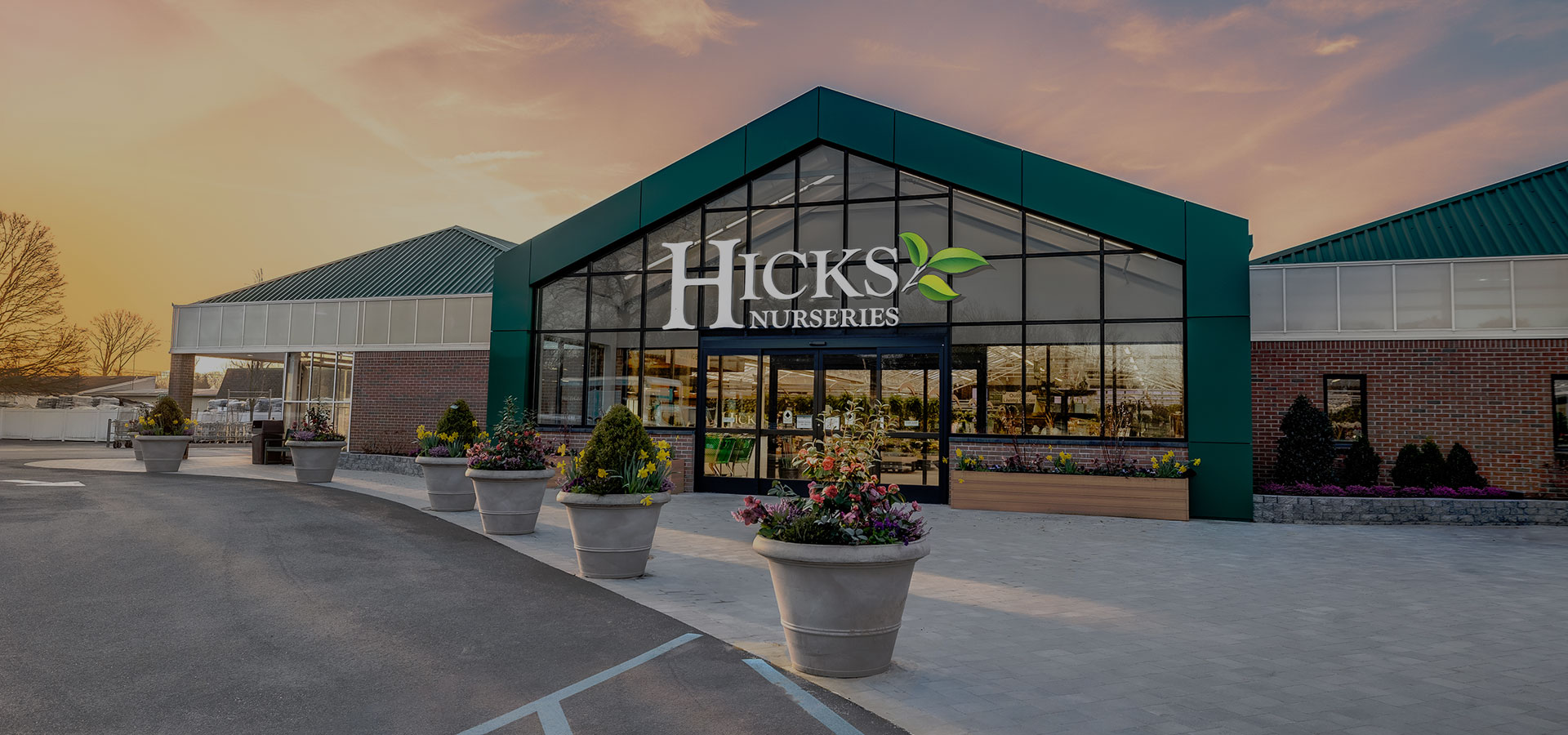[vc_row padding_top_multiplier=”” padding_bottom_multiplier=””][vc_column][rev_slider slidertitle=”Consumer Resilience” alias=”consumer-resilience”][/vc_column][/vc_row][vc_row section_type=”fullwidth” padding_top_multiplier=”3x” section_id=”mobile connectivity”][vc_column width=”2/3″ css=”.vc_custom_1587069370393{padding-right: 30px !important;padding-left: 30px !important;}”][movedo_title heading_tag=”h2″ heading=”h2″ increase_heading=”160″ animation=”grve-fade-in”]Hyper Local is Trusted Local[/movedo_title][vc_column_text animation=”grve-fade-in-up”]Small business is going to become big and even more so once doors open back up to the public. The likes of Amazon and Walmart won’t go away any time soon, but consumers will (and already have) emerge with a heightened awareness of and desire to support their neighbors and their communities as a whole. Consumers who can’t get their protein from the grocery store are seeking out local butchers and farmers or local produce CSAs (Community-Supported Agriculture) for pick up or deliveries.
Desire to avoid large stores with crowds of people will continue and consumers will look for stores that offer a limit to occupancy. Small business retailers will have an easier ability to adapt to these changes. Shifting assortment strategies to meet the needs of their local communities will be faster than large supply chains can accommodate but large scale, traditional, retailers need to learn from these Indie Retailers. Local retail often means a direct connection with employees and even owners which gives shoppers direct access to product they are looking to purchase. Empathy is the driver of the relationship with the brand.[/vc_column_text][movedo_empty_space][movedo_title increase_heading=”140″ animation=”grve-fade-in”]Creative Ideas for Your Business:[/movedo_title][vc_column_text animation=”grve-fade-in-up”]
- Create a new offer backed by a small local business. Partnerships can offer up a significant lift if consumers see it will support their community.
- Reduce and re-think your in-store square footage that is accessible to the public. Highlight essential products that are currently top of mind. Reuse left over space for pick up or delivery services.
- Direct communication with in-store employees for product transparency, inventory schedules, and availability.
- See more on Re-thinking the format in our Multi-Purpose Retail
[/vc_column_text][movedo_empty_space][movedo_single_image image=”29629″ align=”left”][/vc_column][vc_column width=”1/3″ css=”.vc_custom_1587069379398{padding-right: 30px !important;padding-left: 30px !important;}”][movedo_single_image image_type=”image-link” image=”29515″ align=”right” link=”url:http%3A%2F%2Fwww.chutegerdeman.com%2Fpreparing-for-next%2F|title:Preparing%20for%20Next||”][movedo_empty_space][/vc_column][/vc_row][vc_row section_type=”fullwidth” padding_top_multiplier=”3x” padding_bottom_multiplier=”4x” section_id=”mobile connectivity”][vc_column width=”2/3″ css=”.vc_custom_1587069247509{padding-right: 30px !important;padding-left: 30px !important;}”][movedo_title heading_tag=”h2″ heading=”h2″ increase_heading=”160″ animation=”grve-fade-in”]Creativity Flourishes at Home[/movedo_title][vc_column_text animation=”grve-fade-in-up”]Now that we’re seeing shortages in manufacturing and price gouging, we’ll see a resurgence of a home-based behaviors. Consumers are seeking entertainment, education, and even comfort in the escapism it brings. Confined consumers are already cooking more at home for the family, a practice that will surely continue post-pandemic, as they are looking for more ways to save money and get creative. Post-World War II Victory Gardens were supported by 20 Million Americans, and we’re already seeing them pop-up to support family kitchens during COVID-19 stresses.
With more consumers spending time at home, this home life will take on a bigger yet more creative outlook. It’s often a comfort to take care and make something at home. Consumers will be exploring ways to improve their spaces and environments that promote a healthy and positive family life. From home improvement to style upgrades, these consumers will be looking to make home changes but on a budget. With unemployment surging, and even unpredictable markets, cost-conscious consumers are willing to pay when they see the value in their purchases, but they are still searching for deals and looking for creative solutions—expanding their skills to make products last and create product themselves.[/vc_column_text][movedo_empty_space][movedo_title increase_heading=”140″ animation=”grve-fade-in”]Creative Ideas for Your Business:[/movedo_title][vc_column_text animation=”grve-fade-in-up”]
- Help your customers fill the need to be creative by providing recipe ideas, quick-fix project ideas, or ways to get started with your brand. In-store curated products with feature endcaps merchandised creatively with demo projects, supplies, and tools that are easy to grab.
- Consider that this may be an opportunity to convert want-to-be DIYer into a loyal shopper.
- Don’t forget ideas that engage and entertain the entire family while at home or during home-schooling (baking a cake can be math, science, art, or entertainment).
- Encourage participation and foster community by hosting creative challenges and celebrate participants on your social media and with gift cards once you’ve re-opened.
[/vc_column_text][vc_column_text animation=”grve-fade-in-up”]And if your shoppers don’t have a car? Consider “walk-up” and “walk-thru” experiences for that pedestrian shopper, especially in urban centers. While you can’t deliver the complete experience, you can still provide a window into your brand and a valuable service.[/vc_column_text][movedo_empty_space][/vc_column][vc_column width=”1/3″ css=”.vc_custom_1587069264185{padding-right: 30px !important;padding-left: 30px !important;}”][movedo_single_image image=”29628″][movedo_empty_space][movedo_single_image image=”29625″ image_full_column=”yes”][/vc_column][/vc_row][vc_row heading_color=”light” section_type=”fullwidth” bg_type=”image” bg_image=”29630″ bg_image_type=”parallax” bg_image_size=”responsive” color_overlay=”dark” opacity_overlay=”30″ padding_top_multiplier=”4x” padding_bottom_multiplier=”6x” columns_gap=”40″ separator_bottom=”tilt-left-separator” parallax_sensor=”550″ font_color=”#ffffff”][vc_column width=”1/6″][/vc_column][vc_column width=”2/3″][movedo_empty_space][movedo_title heading=”h6″ line_type=”line” align=”center”]CONSUMER FOCUS[/movedo_title][vc_column_text text_style=”subtitle”]
Post World War II Victory Gardens were supported by 20 million Americans. Could this be a return to a more independent lifestyle coming out of the covid-19 pandemic?
[/vc_column_text][movedo_empty_space][/vc_column][vc_column width=”1/6″][/vc_column][/vc_row][vc_row section_type=”fullwidth” padding_top_multiplier=”4x” section_id=”mobile connectivity”][vc_column width=”2/3″ css=”.vc_custom_1587069486353{padding-right: 30px !important;padding-left: 30px !important;}”][movedo_title heading_tag=”h2″ heading=”h2″ increase_heading=”160″ animation=”grve-fade-in”]New Patterns vs. Old Hobbies[/movedo_title][vc_column_text animation=”grve-fade-in-up”]We often talk about Commerce and Transactional retail vs. Shopping and Emotional retail. The chasm between them has become incredibly apparent in the last two months. What’s happening now is based on need rather than emotion. Therefore, it is not gratifying. Consumers long for what they had, but know it may be unrealistic right now. Pre-pandemic we were time crunched, we wanted to spend less time on everyday tasks and more time with family or friends. That has shifted. Many of us have all the time in the world right now and browsing a store sounds like a dream that isn’t ready to be enjoyed just yet. The Longing for Target memes have shown up more than once as we scroll through Instagram. We’re all compiling our wish list once we return to the store. We will get back to shopping with our heart because it’s entertainment and emotional–that’s Shopping and it will return (just not soon enough).[/vc_column_text][movedo_empty_space][/vc_column][vc_column width=”1/3″ css=”.vc_custom_1587069500096{padding-right: 30px !important;padding-left: 30px !important;}”][movedo_single_image image=”29627″][movedo_empty_space][/vc_column][/vc_row][vc_row][vc_column][movedo_empty_space height_multiplier=”2x”][/vc_column][/vc_row][vc_row heading_color=”light” section_type=”fullwidth” bg_type=”image” bg_image=”29653″ color_overlay=”dark” opacity_overlay=”40″ padding_bottom_multiplier=”2x” margin_bottom=”-150px” font_color=”#ffffff”][vc_column width=”2/3″ css=”.vc_custom_1587125122129{padding-right: 30px !important;padding-left: 30px !important;}”][movedo_empty_space height_multiplier=”3x”][movedo_title heading_tag=”h2″ animation=”grve-fade-in”]More from the Preparing for Next series[/movedo_title][movedo_title heading_tag=”h2″ heading=”h2″ increase_heading=”160″ animation=”grve-fade-in”]Brand-Right Journey[/movedo_title][vc_column_text animation=”grve-fade-in-up”]Customers often visit physical stores for the complete brand experience that they can’t get online. We outline creative ideas for how retailers can go beyond plexi and tape to deliver on brand promise in a coronavirus culture.[/vc_column_text][movedo_empty_space][movedo_button button_text=”READ IT HERE” button_hover_color=”white” button_size=”small” button_link=”url:http%3A%2F%2Fwww.chutegerdeman.com%2Fgoing-touchless%2F|title:Going%20Touchless||”][movedo_empty_space height_multiplier=”3x”][/vc_column][vc_column width=”1/3″ css=”.vc_custom_1587125135616{padding-right: 30px !important;padding-left: 30px !important;}”][/vc_column][/vc_row]





